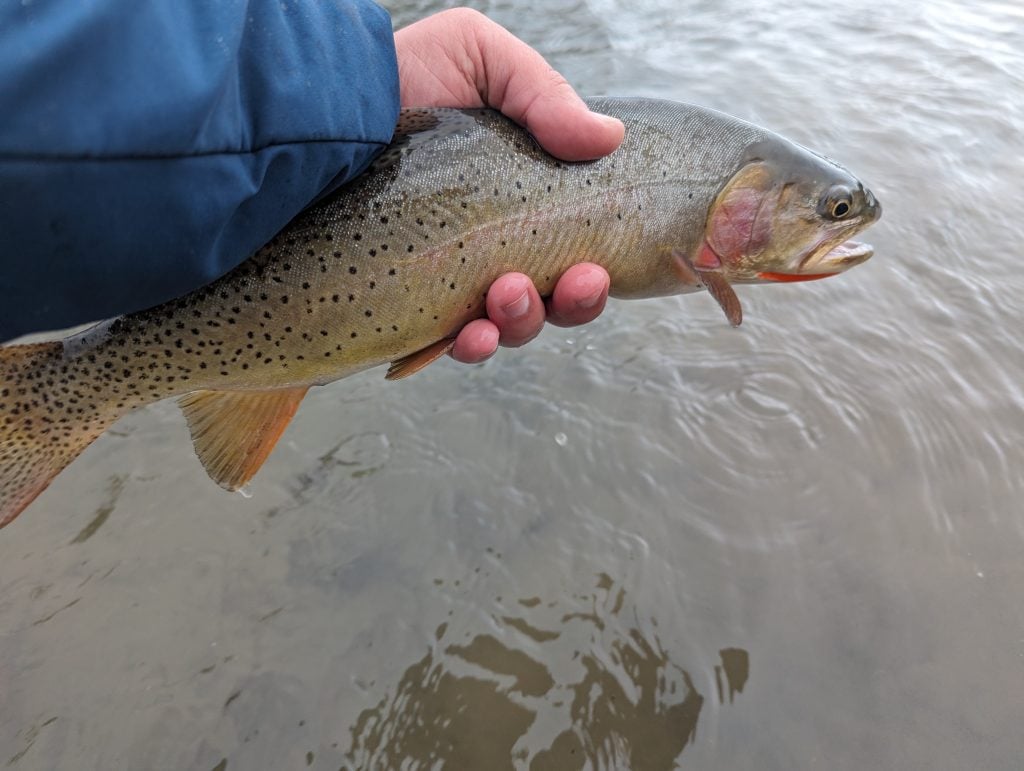Do You Have Too Many Flies?

I spend a lot of time working with beginner fly anglers, and one thing almost all of them share in common is a bit of “paralysis by analysis.” That is, they let the amount of options and choices in fly fishing (how should I rig this fly? What’s the best way to cover this run?) paralyze them into inaction.
I wonder if that same problem doesn’t afflict us more experienced anglers, at least when we open our fly boxes. If you’ve been doing this for any length of time, you probably have a nice collection of flies that cost more than you’d like to remember. But how often are you lugging around flies—entire boxes, perhaps—that you simply never use?
Years ago, I was on the Lower Provo River with my buddy Mike, and he was catching fish left and right. I couldn’t get so much as a look at my flies, so I naturally asked what he was using. Mike showed me this little two-toned midge pattern, and I had nothing like it in the eight fly boxes stuffed in my vest. I borrowed a few from him, promptly caught a bunch of fish, and spent the rest of the afternoon wondering how Mike had the perfect fly in one of his two small boxes.
Mike has caught more fish in his life than I ever will, and I’ve never seen him with more than two fly boxes in his vest. That day on the Lower Provo inspired me to clean out my boxes and narrow my fly selection down to just the basics. It took a while, but I currently have 26 patterns I rely on, and that’s about it. Obviously if I’m traveling or fishing a “destination” location, I pick up local flies or patterns, but for the vast majority of my own trout fishing in the Rockies, these 26 patterns are all I need.
Since cleaning out the flies I never used, I’ve not once felt paralyzed at the thought of picking a fly (something I certainly felt in my earlier years in this sport). Just a few days ago I was on a local tailwater, early enough to see the remnants of a fall blue-wing hatch that had the fish up and eating spent-wings. I took a minute to observe the rise forms and look at the water’s surface before I tied on a mayfly spinner followed by a sparkle dun. In past years, I would’ve agonized over the fly choice until well after the fish had finished feeding on top.
Part of that growth may just be my experience, but I attribute a lot of it to keeping things simple. Fly fishing can be as complex as we want it to be, but enough things in life are tougher than they should be (paying a mortgage in 2024, for instance). Keeping it simple keeps the pleasure in the sport.
East vs. West Fly Fishing
Does Drift or Position Matter?











